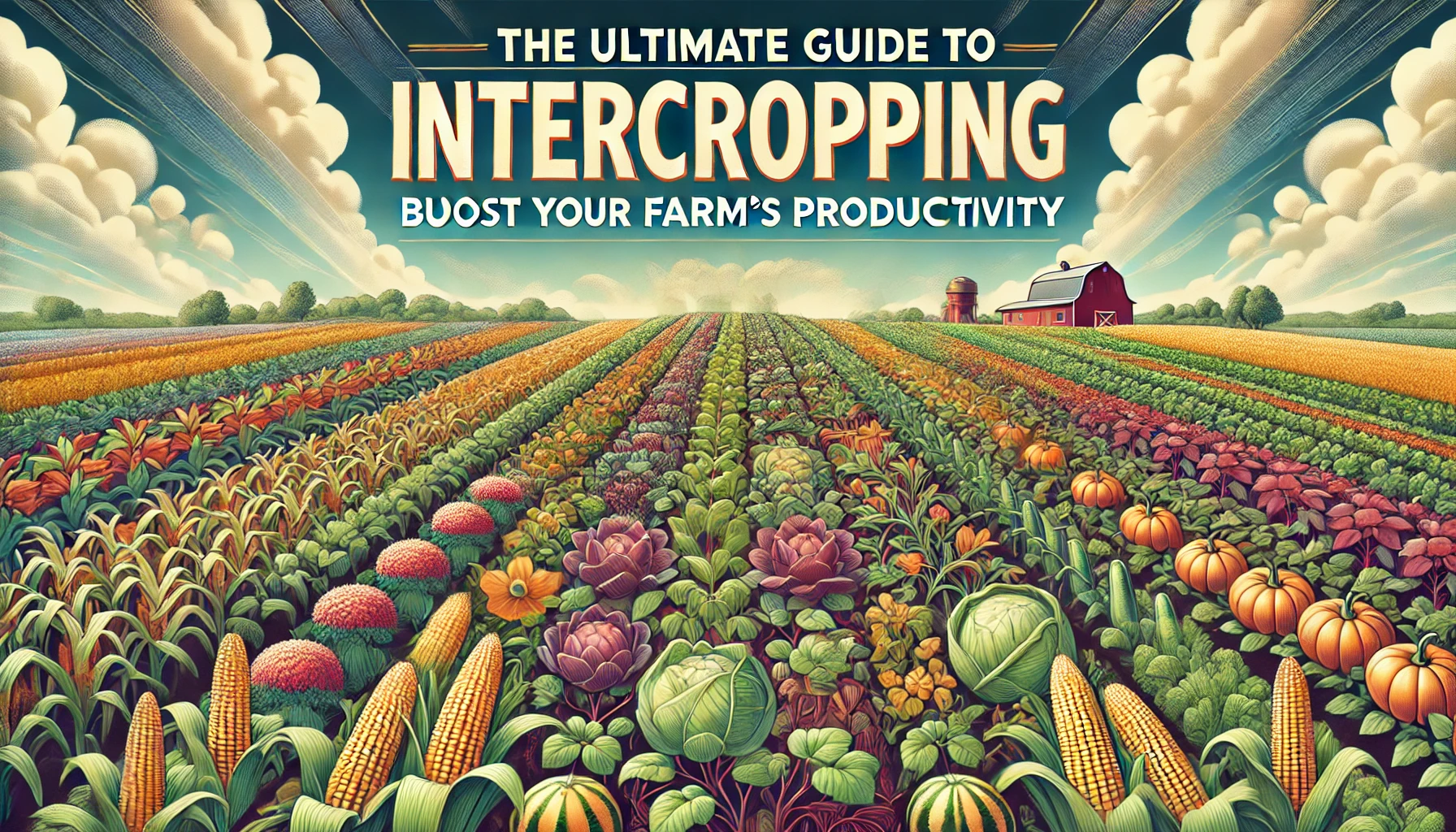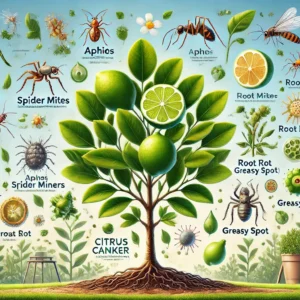Introduction
Intercropping is a sustainable farming practice where two or more crops are grown together in the same field. This method has been used for centuries to maximize resource use and enhance biodiversity. By adopting intercropping, farmers can improve their yields, reduce pest and disease problems, and boost soil health. This guide will provide you with a comprehensive understanding of intercropping, its benefits, and how to implement it on your farm.
Table of Contents
- What is Intercropping?
- Types of Intercropping
- Benefits of Intercropping
- Best Practices for Intercropping
- Common Intercropping Combinations
- Challenges and Solutions
- Case Studies
- Conclusion
- FAQs
1. What is Intercropping?
Intercropping is the practice of growing two or more crops in proximity. The main goal is to increase productivity per unit of land by making better use of resources such as sunlight, water, and nutrients. Historically, many traditional farming systems around the world have employed intercropping techniques to ensure food security and environmental sustainability.
2. Types of Intercropping
Mixed Intercropping:
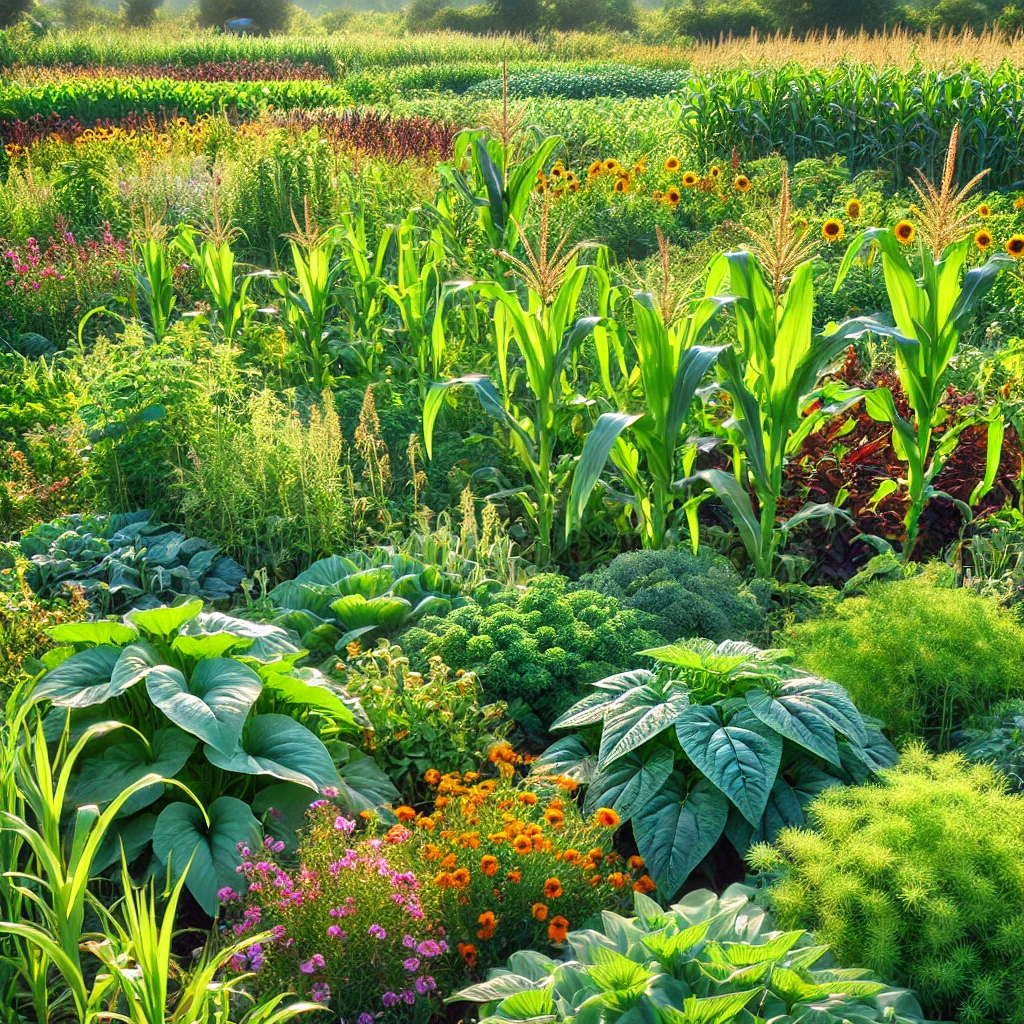
Mixed cropping, also known as mixed farming or polyculture, is an agricultural practice where two or more crops are grown together on the same piece of land simultaneously, without any distinct row arrangement. The crops in mixed cropping are usually chosen based on their ability to coexist and complement each other in terms of resource usage, pest control, and overall productivity.
Row Intercropping:

Row intercropping, also known as row cropping, is a form of intercropping where two or more crops are planted in distinct rows within the same field. This method is strategically designed to enhance crop productivity, improve resource use efficiency, and support sustainable agricultural practices. Here are key aspects of row intercropping
Strip Intercropping:
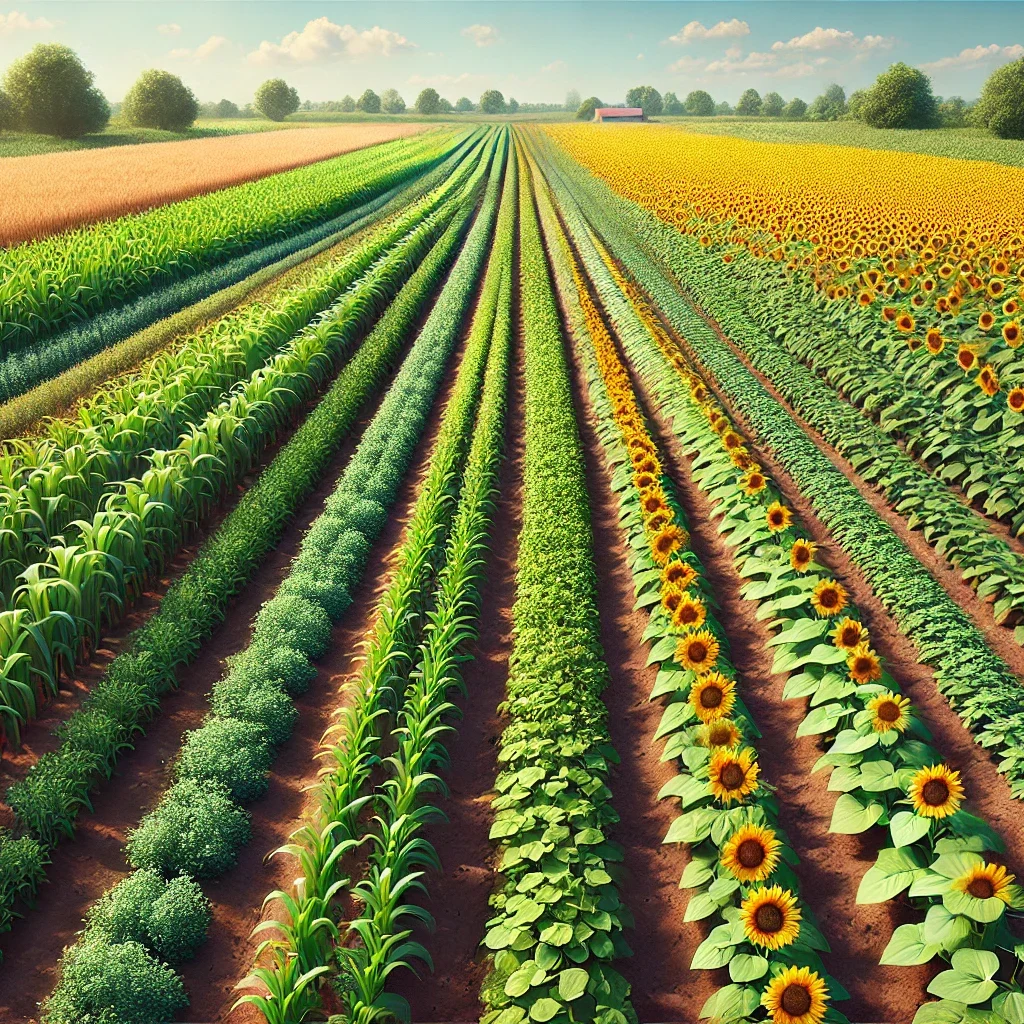
Strip intercropping is an agricultural practice where different crops are grown in alternating strips wide enough to allow for independent management and harvesting yet close enough for interaction and mutual benefits. The strips are usually arranged in a manner that maximizes the positive interactions between the crops while minimizing competition.
Relay Intercropping:
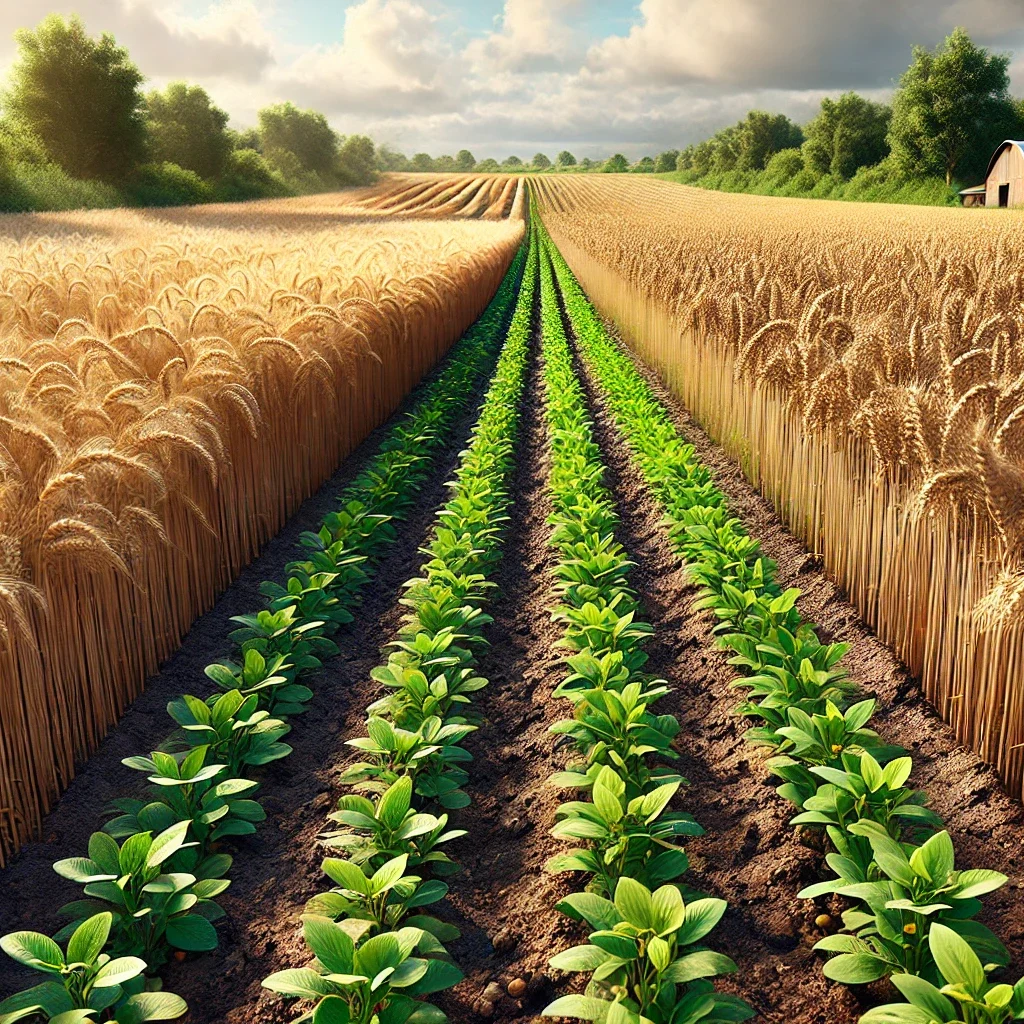
Relay intercropping, also known as relay cropping, is an advanced agricultural practice where a second crop is sown into a standing crop before the first crop is harvested. This method is designed to maximize the use of available resources, including sunlight, water, and nutrients, and to optimize land use by overlapping the growing periods of different crops.
3. Benefits of Intercropping
Enhanced Biodiversity: Growing multiple crops together increases biodiversity, making the ecosystem more resilient to pests and diseases.
Improved Resource Efficiency: Different crops often have varying root structures and nutrient needs. This diversity allows for better utilization of soil nutrients, water, and sunlight.
Pest and Disease Management: Diverse plant species can disrupt the habitat of pests and reduce disease spread, minimizing the need for chemical pesticides.
Soil Health Improvement: Intercropping can prevent soil erosion, improve soil structure, and enhance fertility through organic matter addition and nitrogen fixation by legumes.
Economic Benefits: Intercropping can lead to higher total yields per unit area and provide multiple sources of income, reducing the financial risk for farmers.
4. Best Practices for Intercropping
Crop Selection: Choose crops that complement each other. For instance, pair deep-rooted crops with shallow-rooted ones to optimize nutrient use.
Spatial Arrangement: Plan the layout to ensure that crops do not compete excessively for resources. Taller crops can provide shade for shorter, shade-tolerant plants.
Timing and Planting: Synchronize planting times to ensure that the crops benefit from each other’s growth stages. Relay intercropping, where one crop is sown before the other is harvested, is particularly effective.
Maintenance and Monitoring: Regularly monitor the crops for signs of competition, pests, or diseases. Adjust practices as needed to maintain balance and health.
5. Common Intercropping Combinations
Corn and Beans: Beans fix nitrogen in the soil, benefiting the corn, while corn provides structural support for climbing bean varieties.
Wheat and Clover: Clover fixes nitrogen and provides ground cover to reduce weed growth, while wheat benefits from the added nitrogen and protection.
Tomatoes and Basil: Basil can repel pests that commonly attack tomatoes, and their root systems complement each other without competing for resources.
6. Challenges and Solutions
Competition for Resources: Careful planning and crop selection can minimize competition for light, water, and nutrients.
Pest and Disease Management: Regular monitoring and integrated pest management strategies can help control pest and disease pressures.
Harvesting Complexities: Using appropriate machinery or manual techniques suited to intercropping systems can address harvesting challenges.
7. Case Studies
Example 1: Small-Scale Farmer in India: A farmer grows maize and pigeon peas together. The maize provides a physical structure for the pigeon peas, which fix nitrogen in the soil, enhancing the overall productivity.
Example 2: Organic Farm in the USA: An organic farmer practices strip intercropping with wheat and alfalfa. The alfalfa fixes nitrogen and provides weed suppression, while the wheat benefits from the improved soil fertility and structure.
8. Conclusion
Intercropping is a valuable agricultural practice that can significantly boost farm productivity and sustainability. By carefully selecting and managing crop combinations, farmers can reap numerous benefits, including improved yields, better resource use, and enhanced environmental health. Adopting intercropping can lead to a more resilient and profitable farming system.
Sure, here are additional FAQs to make your article even more comprehensive:
FAQs
Q1: What is the best crop combination for intercropping?
A: The best combination depends on your specific conditions, but common successful pairs include corn and beans, wheat and clover, and tomatoes and basil.
Q2: Can intercropping reduce the need for chemical fertilizers?
A: Yes, intercropping with legumes, for example, can naturally fix nitrogen in the soil, reducing the need for synthetic fertilizers.
Q3: How do I start intercropping on my farm?
A: Begin by researching compatible crops, plan your layout carefully, and start with small trials to observe how the crops interact in your specific environment.
Q4: What are the main disadvantages of intercropping?
A: Intercropping can be more complex to manage, may require more labor, and sometimes machinery used for single crops is not suitable for mixed cropping systems.
Q5: How does intercropping affect soil health?
A: Intercropping can improve soil health by enhancing soil structure, increasing organic matter, reducing erosion, and promoting beneficial soil organisms.
Q6: Can intercropping be used in organic farming?
A: Yes, intercropping is highly compatible with organic farming practices. It can reduce the need for chemical inputs and enhance biodiversity, which is beneficial for organic systems.
Q7: How do I manage pests and diseases in an intercropping system?
A: Regular monitoring, using pest-resistant crop varieties, and implementing integrated pest management strategies can help manage pests and diseases in intercropping systems.
Q8: Is intercropping suitable for all types of soil?
A: Intercropping can be adapted to various soil types, but it’s essential to choose crop combinations that are suited to the specific soil conditions on your farm.
Q9: How does intercropping affect water usage?
A: Intercropping can improve water use efficiency by making better use of available moisture. Deep-rooted crops can access water from deeper soil layers, while shallow-rooted crops utilize surface moisture.
Q10: What are some modern technologies that can help with intercropping?
A: Technologies like precision agriculture tools, drip irrigation systems, and advanced machinery designed for mixed cropping can assist in managing intercropping systems more effectively.
Q11: Can intercropping help mitigate climate change?
A: Yes, intercropping can enhance carbon sequestration in the soil, reduce the need for chemical inputs, and improve resilience to extreme weather conditions, contributing to climate change mitigation.
Q12: How does intercropping influence weed control?
A: Diverse crop cover in intercropping systems can suppress weed growth by shading the soil and competing for resources, reducing the need for herbicides.
Q13: Can intercropping be practiced in large-scale commercial farming?
A: While traditionally more common in small-scale and subsistence farming, intercropping can be adapted for large-scale commercial farming with careful planning and appropriate machinery.
Q14: What are the economic benefits of intercropping?
A: Intercropping can lead to increased total yields, provide multiple sources of income, reduce costs associated with chemical inputs, and enhance overall farm profitability.
Q15: What are some examples of successful intercropping in different regions?
A: In tropical regions, maize and beans are commonly intercropped. In temperate regions, wheat and clover are popular. Each region has its own successful combinations based on local conditions.
These additional FAQs will help provide a more in-depth understanding of intercropping, addressing common concerns and questions that readers might have.
